
1.8.2025
Dave Gustafson, co-founder and VP of hardware at Rhombus, has a background as a mechanical engineer and product designer. Rhombus launched in 2016 with a focus on open, cloud-based physical security solutions. The company has continued to build out its fleet of cameras, sensors, and access control products while adding plug-and-play integrations (such as point-of-sale systems) and more advanced features like AI analytics.
This Spotlight Interview explores Rhombus’ approach to cloud-based security within the food service industry. Gustafson reflects on the security challenges facing restaurants; the advantages, efficiencies, and scalability of cloud-based systems; and benefits of these technologies for restaurant operators and their guests, alike. He also shares glimpses into his own restaurant experience—and how it helps him envision product design for this industry and ways in which additional transformation may be possible.
You have a background in mechanical engineering and product design. How does Rhombus approach product development to meet the specific needs of the restaurant industry?
Engineering, design, and restaurant experience (I was a waiter in high school) all come together in how Rhombus addresses solutions for the restaurant industry. There’s a lot going on in a restaurant. It’s a fundamentally physical space, with many moving parts that need to interoperate to run smoothly: customer experience, employee labor, and food preparation for a meal that’s not just pleasing, but safe. Our products are designed to be functional in that space, both for back-of-house and front-of-house. For example, a fisheye camera allows a restaurant to use relatively few cameras to get a broad view of what can be a complicatedly-arranged space. Also, smaller, more discreet cameras that can naturally fit into the environment are important; guests in a restaurant don’t want to feel like they’re being surveilled. IoT sensors are instrumental in the operations—from door sensors to temperature sensors, these can make sure that problems that happen don’t become disasters.
What are the most significant security challenges faced by restaurants today, and how have these challenges evolved in recent years?
Many of the biggest security challenges today are longstanding ones, such as theft (both from the outside and inside). But we’re also seeing restaurants address security more broadly, for a variety of operations including operational security and worker safety. They’re using cameras to ensure that back-of-house is adhering to food-preparation and safety protocols to maintain compliance. This might mean using cameras to see if there is water on the floor, if the right brush is being used, or even if someone is standing on a cooking range for cleaning purposes. Restaurants also protect assets by monitoring operational risks to guard against fraud, such as to track the cash journey, to monitor if cash has been left unattended, or to see if a receipt printed without a customer present.
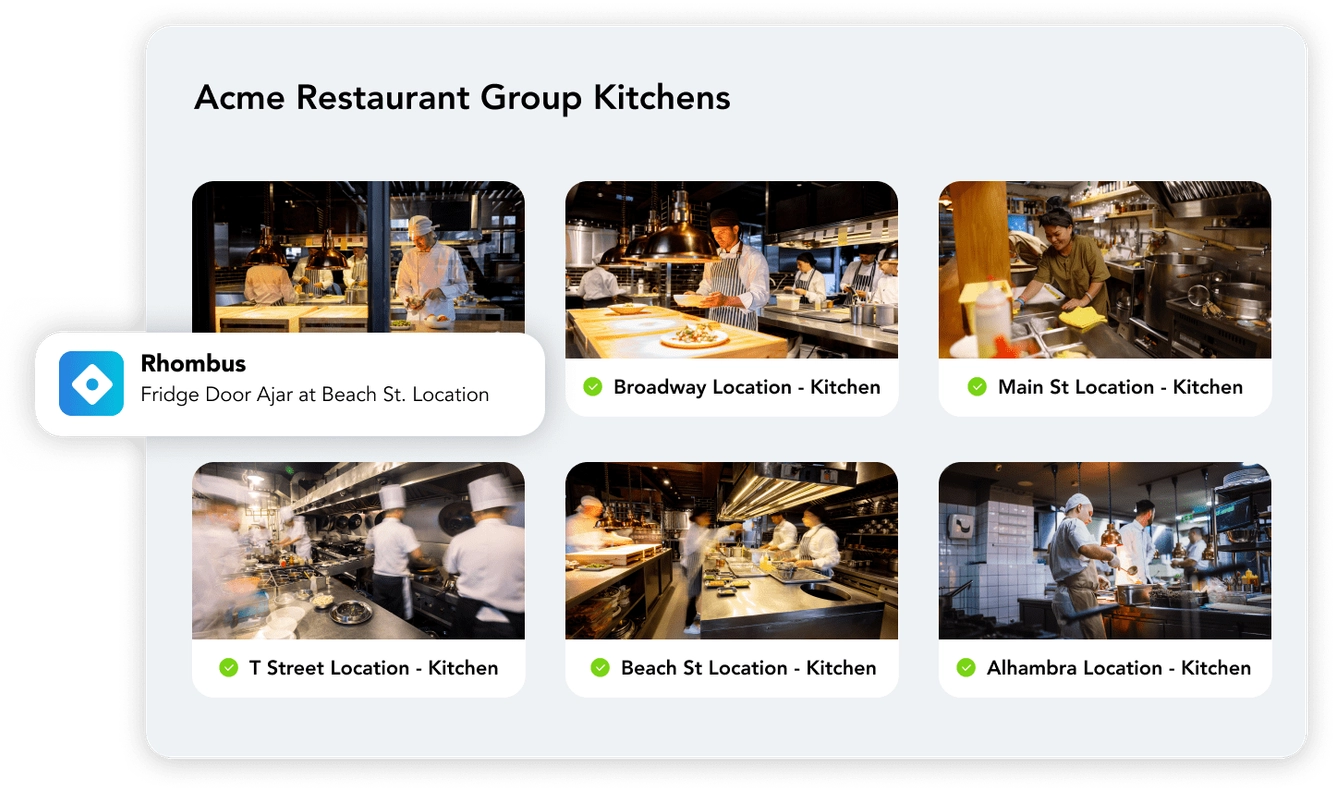
How are cloud-based surveillance systems different from traditional CCTV systems, and what are the benefits of the former for restaurants?
Simply put: everybody hates their traditional, on-prem systems. People hate video systems that make you go to the back room, scrub through a bunch of video, and then find that the camera was down when you needed it to be on. And if they do find the clip, then the process of sharing it (on a thumb drive, burning it to a DVD, etc.) is antiquated and unsatisfying. Our cloud-based solution addresses all of that. Anyone (with the right permissions) who needs a clip can pull up—right on their phone—whatever video feeds, footage, or clips they need.
The Rhombus system is intelligent enough to mark certain things, like the presence of a human or other events that can be tagged in the video stream. From halfway across the world or from within that location, that person can get a full view of what’s happening in the restaurant, going directly to the relevant clip and sharing it with anybody who needs to see it. This also eliminates a single point of failure, such as a DVR hard drive going down that loses all footage across all cameras. With cloud-based cameras, each is its own storage device. At a restaurant with a dozen different cameras full of their own storage, a malicious actor who wanted to take that would have to go to all of those cameras and rip them off the wall to take down that storage.
How does a cloud-based platform approach to physical security enhance security, accessibility, and scalability for restaurant operators?
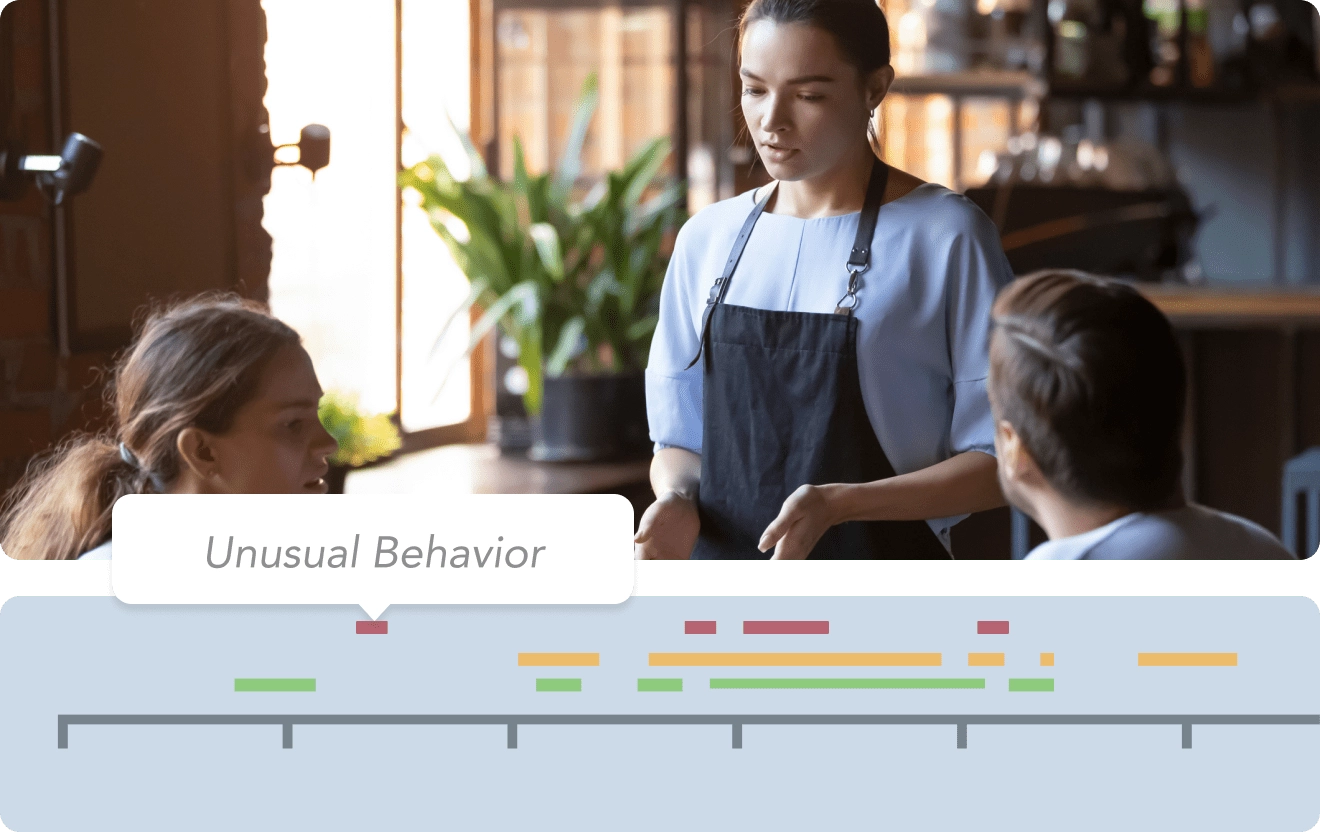 Our system was built specifically with scalability in mind—making it work equally well whether you have a single restaurant with a dozen cameras or a chain with 12,000. It’s built so that no matter how many restaurant locations you have, and how many cameras you have, the camera footage is searchable. As long as the right structures and rules are in place, having a large number of cameras isn’t a complication. For example, if you’d like to have a certain policy applied to all of your cameras (where you’re alerted if there’s motion after 1:00 AM, or something like that), you can apply and manage that whether you’re administering a single restaurant location or if you’re in charge of 75 restaurants. We place a lot of focus on striking a balance between designing a system that’s intuitive and user-friendly, while delivering the power and capability that’s necessary.
Our system was built specifically with scalability in mind—making it work equally well whether you have a single restaurant with a dozen cameras or a chain with 12,000. It’s built so that no matter how many restaurant locations you have, and how many cameras you have, the camera footage is searchable. As long as the right structures and rules are in place, having a large number of cameras isn’t a complication. For example, if you’d like to have a certain policy applied to all of your cameras (where you’re alerted if there’s motion after 1:00 AM, or something like that), you can apply and manage that whether you’re administering a single restaurant location or if you’re in charge of 75 restaurants. We place a lot of focus on striking a balance between designing a system that’s intuitive and user-friendly, while delivering the power and capability that’s necessary.
Can you provide specific examples of how Rhombus’s cloud-based cameras have helped restaurants prevent or resolve security incidents?
Yes—as one example, we work with a chain of quick service restaurants that have our cameras installed at their 60+ locations. The QSR has a central IT team that can manage what’s going on in each location by relying on cloud information from any restaurant. They’re able to use video surveillance to rapidly find footage and investigate incidents. Our smart cameras automatically recognize and index different types of activity, including human movement. In one instance—an armed robbery—the camera view was so clear that the demand note the robber handed the cashier was legible. By the time the police arrived, the IT team had already pulled the video clip, ready to share it with investigators. Built-in video analytics aids rapid identification of suspicious activity; our footage is supported with tools that allow the clip to be verified as genuine, supporting the chain of custody requirements for prosecution.
How are AI analytics transforming loss prevention and operational efficiency in restaurants?
For loss prevention, there are basics like determining when somebody is in a restaurant when they shouldn’t be. For example, you can immediately throw a flag if a human is present after-hours when nobody should be there. Facial recognition can also be leveraged to identify who should be there at different times. Our access control can be combined with that to see if somebody is using a credential that isn’t theirs. Say somebody stole an access card—the badge in the system can provide an alert if the face of the user doesn’t look like the person associated with it. Our high-resolution cameras can also provide detailed insight into what’s happening at the till.
What metrics or data points does Rhombus’ system enable restaurants to track?
We have prioritized making an open system with technology integrations that restaurants want, such as direct integration with Toast for POS. We’ve always prioritized a fully open API, which is very important to us to let our customers get as much out of our technology as possible. Restaurants have taken advantage; for example, we have a customer that is making a very customized, bespoke wrapper around the Rhombus system that’s adding all of the specific operational functionality their business needs.
With the integration of POS data and video footage becoming more common, how are restaurant owners leveraging this technology to improve accuracy in transactions? How can this integration help restaurants identify and prevent fraud, theft, or employee misconduct?
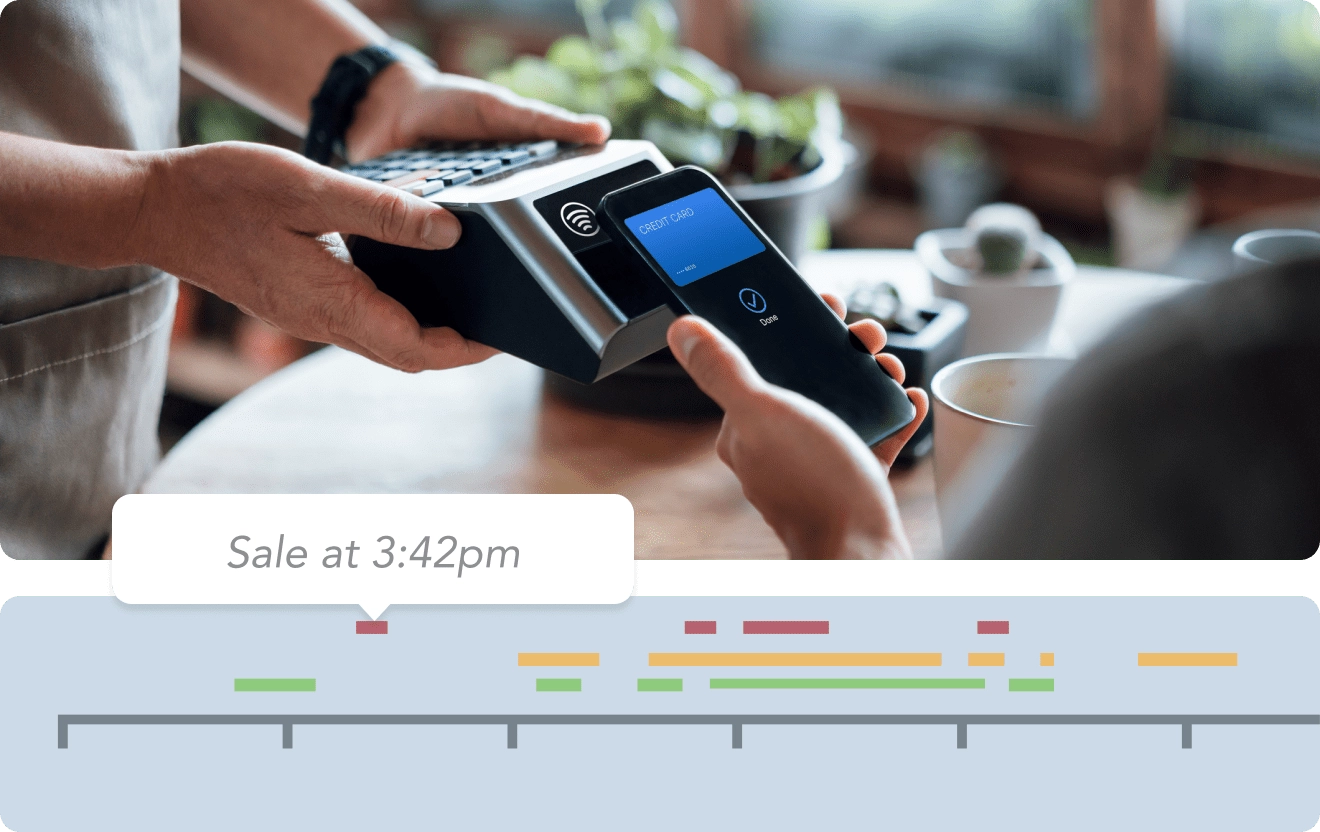 Our technologies improve the speed and accuracy of addressing fraud, theft, and misconduct. This can range from addressing highly risky interactions, like the robbery described above, or inside issues, such as shrinkage of goods and theft at point of sale. Employee misconduct, such as that which may violate food preparation or workplace safety violations, can be identified and addressed much more swiftly with this approach to monitoring and analysis. The time saved in finding and remedying issues can be quite significant. Though this particular operational efficiency example comes from outside of the food service industry, the results could be the same for a restaurant: an IT director reported that with Rhombus, he was able to find the video footage for incident investigations in 10 minutes, down from 20 hours with their previous system.
Our technologies improve the speed and accuracy of addressing fraud, theft, and misconduct. This can range from addressing highly risky interactions, like the robbery described above, or inside issues, such as shrinkage of goods and theft at point of sale. Employee misconduct, such as that which may violate food preparation or workplace safety violations, can be identified and addressed much more swiftly with this approach to monitoring and analysis. The time saved in finding and remedying issues can be quite significant. Though this particular operational efficiency example comes from outside of the food service industry, the results could be the same for a restaurant: an IT director reported that with Rhombus, he was able to find the video footage for incident investigations in 10 minutes, down from 20 hours with their previous system.
Beyond security, how can POS data integration with video footage enhance customer experiences in restaurants?
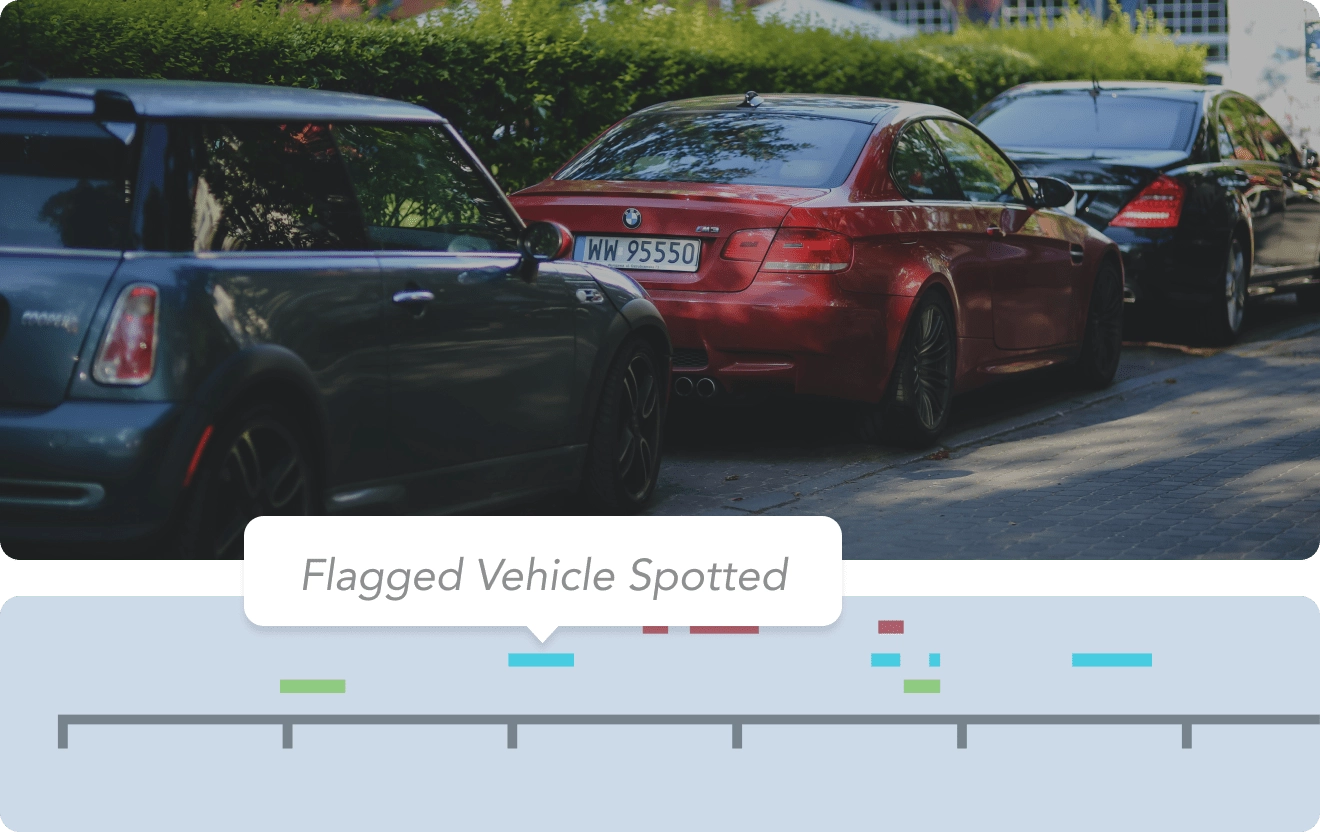 Better operational efficiency leads to better customer experiences. Restaurants can use video and other data that’s captured by our system, such as heat maps and occupancy alerts, to determine how the space is used. Perhaps rearranging the space can minimize problems of a space that’s being overused. Our data can help reduce lines and wait times. It can provide analysis, such as for drive-throughs and pick-up windows, about vehicle counts and whether a vehicle is waiting.
Better operational efficiency leads to better customer experiences. Restaurants can use video and other data that’s captured by our system, such as heat maps and occupancy alerts, to determine how the space is used. Perhaps rearranging the space can minimize problems of a space that’s being overused. Our data can help reduce lines and wait times. It can provide analysis, such as for drive-throughs and pick-up windows, about vehicle counts and whether a vehicle is waiting.
As smart IoT sensors gain popularity in food service, how are they helping restaurant owners manage food safety more effectively? How can IoT sensors help restaurants reduce food waste, optimize inventory management, cut energy costs and improve sustainability?
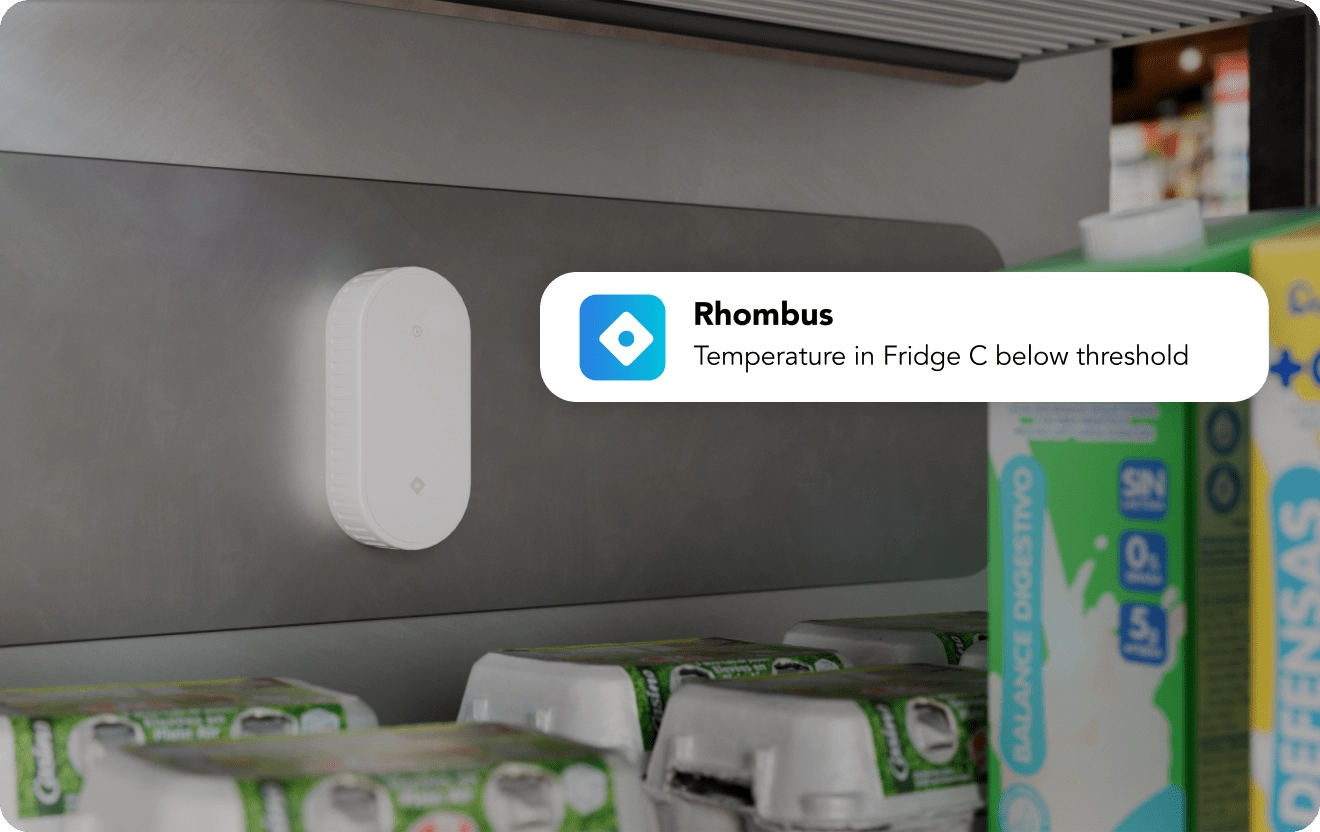 Restaurants are particularly great examples of the advantages of IoT sensors. We have some sensors that track temperature and humidity to keep food in safe storage conditions. In addition, contact sensors (like door sensors) can alert you if a walk-in freezer door has been left ajar; this can provide an alert even in advance of an actual temperature sensor noticing the fluctuation. We also have a new advanced environmental sensor, the E50, that detects things like particulate matter, vape and smoke, formaldehyde, carbon monoxide, and more. I used one of these units in my own home kitchen; when I was cooking a couple of steaks, the data clearly showed the moment the beef hit the cast iron skillet, because a lot of the sensor measurements spiked way up. I recognized, “That’s the sizzle!” This is an area where integrations may have a lot of potential for third-parties who could develop interesting models that can show the state of the kitchen environment based on what’s in the air.
Restaurants are particularly great examples of the advantages of IoT sensors. We have some sensors that track temperature and humidity to keep food in safe storage conditions. In addition, contact sensors (like door sensors) can alert you if a walk-in freezer door has been left ajar; this can provide an alert even in advance of an actual temperature sensor noticing the fluctuation. We also have a new advanced environmental sensor, the E50, that detects things like particulate matter, vape and smoke, formaldehyde, carbon monoxide, and more. I used one of these units in my own home kitchen; when I was cooking a couple of steaks, the data clearly showed the moment the beef hit the cast iron skillet, because a lot of the sensor measurements spiked way up. I recognized, “That’s the sizzle!” This is an area where integrations may have a lot of potential for third-parties who could develop interesting models that can show the state of the kitchen environment based on what’s in the air.
What are your predictions for the future of restaurant technology, particularly in terms of security, automation, and customer experience?
The kind of AI that’s running on our cameras right now is looking for specific things that it was trained to identify—people, cars, license plates, crowd counting, personal protective equipment, etc. We’ve taught it to look for these things. In the future, I think it will be possible to just ask the system, “Is everything okay at this restaurant?” AI will be able to aid restaurant security and customer experience by automating this evaluation. It will look at things that you haven’t identified in advance and it will come back with detailed answers: that the restaurant is pretty busy, but that people look happy; that food is moving out of the kitchen at a good pace; that there was a giant spill right in front of a cash register and that staff is cleaning frantically. This approach will allow you to check on all of your cameras at all of your stores. You’ll get a proactive answer to know exactly what’s up.

